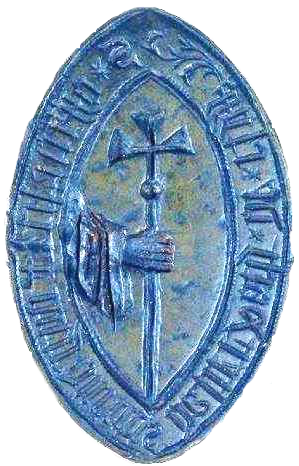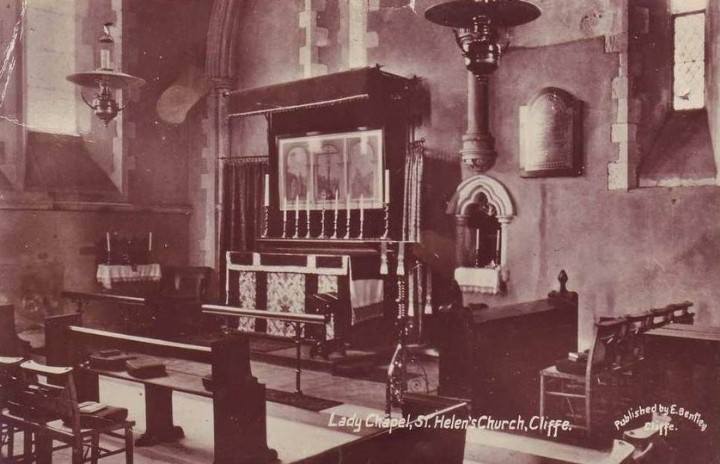The North Transept or ‘Lady Chapel’
Over time the North Transept has had many uses and the earliest known use was that of holding the Rector’s Court and the Court would have been obscured from the rest of the church by a screen.
The wide power of the church courts caused great controversy during the Middle Ages because many persons were able to claim that they were under the protection of the church and, therefore, were permitted to seek refuge in the church courts. These claimants included crusaders, students, widows, orphans, and, in some areas of the law, anyone who could read. Church courts had jurisdiction over all disputes concerning discipline or administration of the church, property claimed by the clergy or ecclesiastical corporate bodies, tithes and benefices, questions touching on oaths and vows, and heresy.
Here at St. Helen’s the Rector had a ‘peculiar’ jurisdiction within his parish. He was exempt from all ecclesiastical authority other than personal visitation from the Archbishop of Canterbury. The wills of parishioners were proved in the local court, and the official seal of the Peculiar is shown below.

The official seal.
The rectors of Cliffe had a Peculiar Jurisdiction by which the wills of their parishioners could be proved before them, the churchwardens of Cliffe could be sworn in at their Court, and many other acts of an ecclesiastical-judicial character could be performed by them. Consequently they had an official seal, wherewith instruments issued from their Court were sealed and verified. In November 1501 we hear something of this seal in a neighbouring parish. At the settlement of a disputed cause, respecting the right of Patronage of the benefice of St. Mary in Hoo, the official of the Peculiar Jurisdiction of Cliffe was present. A seal was required to be affixed to the decree of Settlement by the Master of Strood Hospital. He, not having a seal with him, borrowed that of the Cliffe official, who sealed the certificate therewith.

The Lady Chapel as seen at the beginning of the 20th century
In 1896 the North Transept was given the go-ahead to transform it into a side chapel, complete with its own Alter. The ‘new’ Alter’s Holy Table was to be made of sufficient width so that it will be possible for a clergyman to stand and preach. The Altar at present in the Lady Chapel is the work of a real craftsman and expertly made. Furthermore, it is complete with its five consecration crosses. The window over the Altar is dedicated to the Blessed Virgin Mary. So, with two windows featuring her in this Transept, it seems appropriate that this should be the Lady Chapel.
A short while after the formation of the new Lady Chapel restoration work was being carried out in 1897 to lay new tiles around the Alter and to excavate for the heating chamber when thirty-six glazed tiles were discovered that is thought may be of Roman or Saxon in origin.
The North Transept (Lady Chapel) was at one time also acted as a school and there are a number of small holes in the wall of the west side, near the base of one of the archway columns, that has been suggested would have been made by slate pencils being sharpened by the school children.
